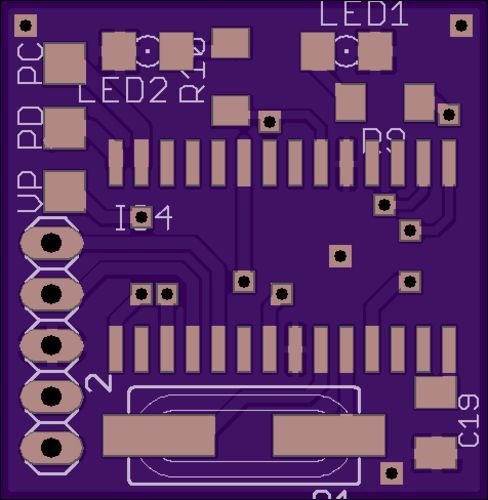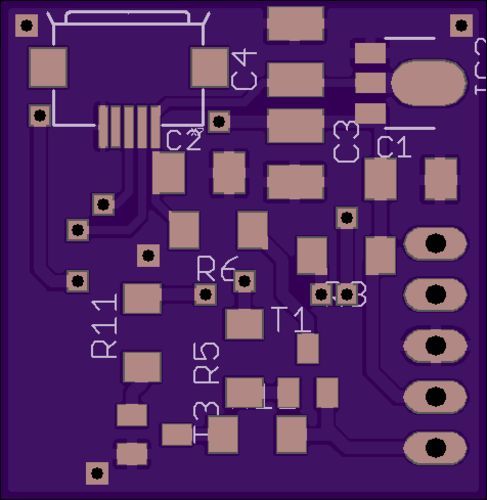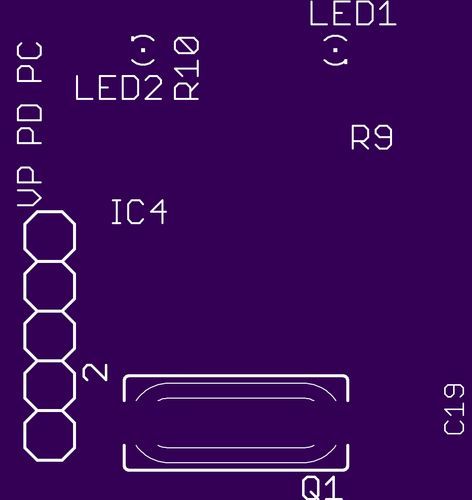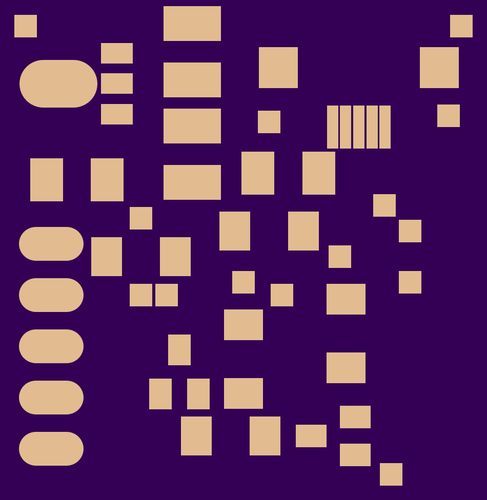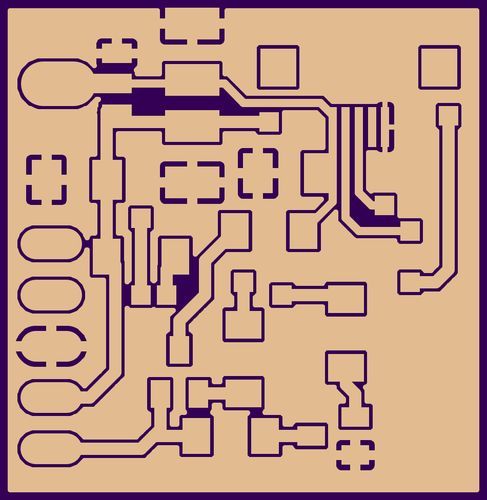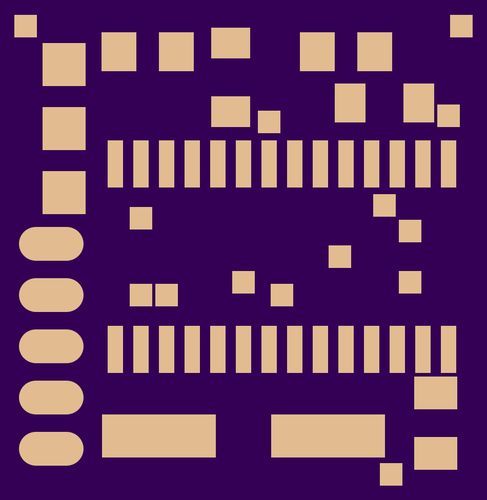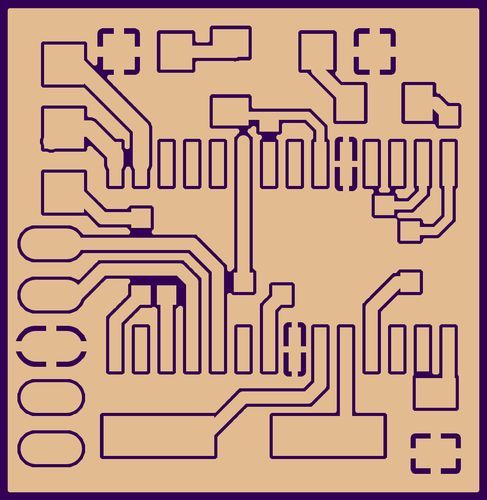Garyl
Full Member level 5
Dear all,
my PCB designed in eagle has top layer ground and bottom layer ground.
They both flood around other signal
How do I connect those ground coppers?
- single via at the center of the board?
- for each corner of board one via (4 * 1 = 4 vias)
- something else?
my PCB designed in eagle has top layer ground and bottom layer ground.
They both flood around other signal
How do I connect those ground coppers?
- single via at the center of the board?
- for each corner of board one via (4 * 1 = 4 vias)
- something else?
